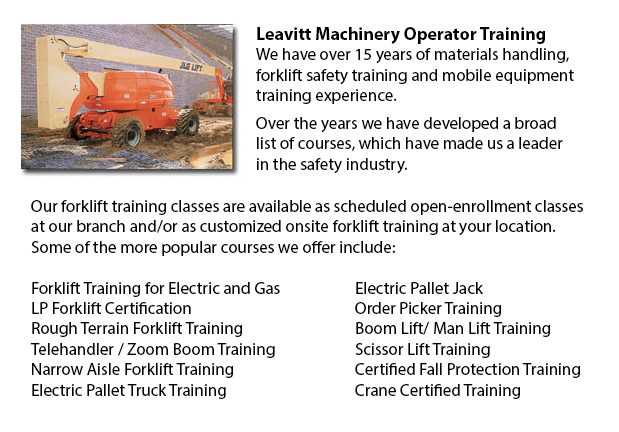
Prince Albert Aerial Lift Certification - Aerial Lift Certification is for people who requires an in-depth understanding of aerial lift safety. Operators and inspectors, maintenance workers, construction craftsmen and supervisors need to perform a training and certificate program. Federal, provincial and state rules require companies to be certified in order to do in-house aerial lift inspections.
The majority of workers who are required to perform tasks at elevated level will often utilize the same means to get to these desired heights, regardless of the kind of work that must be carried out. Scissor lifts and aerial lifts are the mechanized machines used to be able to lift equipment and employees to elevated places.
Bucket trucks referred to as Cherry Pickers are aerial platforms which feature a supported boom and bucket. The main hazard to making use of this particular type of platform is normally tip-overs, falls and electrocutions. Certification guarantees that workers who utilize aerial lifts are trained properly to be able to operate the machine safely. Training also makes certain that workers know how to maintain aerial work platforms in accordance with the manufacturer's directions.
Aerial lift training certification programs will include the following: Aerial lifts that are mounted to vehicles, Boom-supported aerial lifts and scissors lifts. Trainees will know about safe operating procedures and will gain knowledge about the dangers which usually cause aerial lift accidents. They will be technically competent in the different kinds of aerial lifts, as well as terminology and parts. From interpreting rated capacity charts to choosing the best aerial lift for the task, the certification program will provide employees with all that they need to know to perform their work safely.
Inspectors and supervisors who have the task to check aerial lift machines have to know how to check gears, booms, operating mechanisms, structural components, control systems and functions, power plants, braking systems, attachments, pins and shafts, electric and pneumatic parts, hydraulic, emergency safety devices and operator aids, etc. Training will comprise the following: the role of the inspector in reducing liability exposure and accidents; how to perform a pre-use, annual and monthly check; how to apply and interpret rules regarding aerial lift safety standards; how to write inspection reports; inspection procedures, techniques and checklists; understanding and applying the three levels of aerial lift inspection; complying with record keeping requirements; and when to remove aerial lifts from service if they are defective.
-
Prince Albert Forklift Training Courses
Prince Albert Forklift Training Courses - When forklift operator safety training is tailored for illiteracy, training time is lessened by 50 percent. Lift-truck operator driver safety training evaluation, train the trainer and forklift training certi... More -
Prince Albert Heavy Equipment Training
Prince Albert Heavy Equipment Training - The two most common kinds of heavy equipment training are classed into the categories of equipment; equipment which is fashioned with rubber tires or those with tracks. The tracked vehicle are heavy duty machi... More -
Prince Albert Order Picker License
Prince Albert Order Picker License - Order preparation operation or order picking as it is more usually known is a method utilized within warehouse operations and comprises staff called order pickers. The order picker's duty is to take and collect ar... More -
Operator Safety Training, Re-Qualification Training, In-House Instructor Training in Prince Albert
Used in nearly all warehouse operations, boat yards or industrial construction sites, the lift truck is a very important part to be able to help raise and transfer cargo. The reach feature of a lift truck can help improve the applications which the f... More -
Prince Albert Overhead Crane Certification
Prince Albert Overhead Crane Certification - The overhead crane training certification program is designed to be effective with all those participating regardless of language or literacy restrictions. The course has two parts: a practical training se... More -
Prince Albert Heavy Equipment Training Programs
Prince Albert Heavy Equipment Training Programs - There are different types of equipment that are ready to be utilized at any given time on a construction site. These equipment require mechanics to be able to complete the maintenance tasks, operators... More -
Prince Albert Crane Operator Certification
Prince Albert Crane Operator Certification - The process to allow individuals to operate specific kinds of cranes is to take crane operator certification training to be given certification. The certification process consists of classroom learning, ha... More -
Prince Albert Crane Safety Training
Prince Albert Crane Safety Training - Both crane driver as well as their employers should know all the possible issues associated to the use of an overhead crane. All over North America, there is legislation that provides regulation for the safe oper... More

Forklift Certification Prince Albert
TOLL FREE: 1-888-254-6157
Prince Albert, Saskatchewan
forkliftcertificationprincealbert.com
Email Us
About Us


